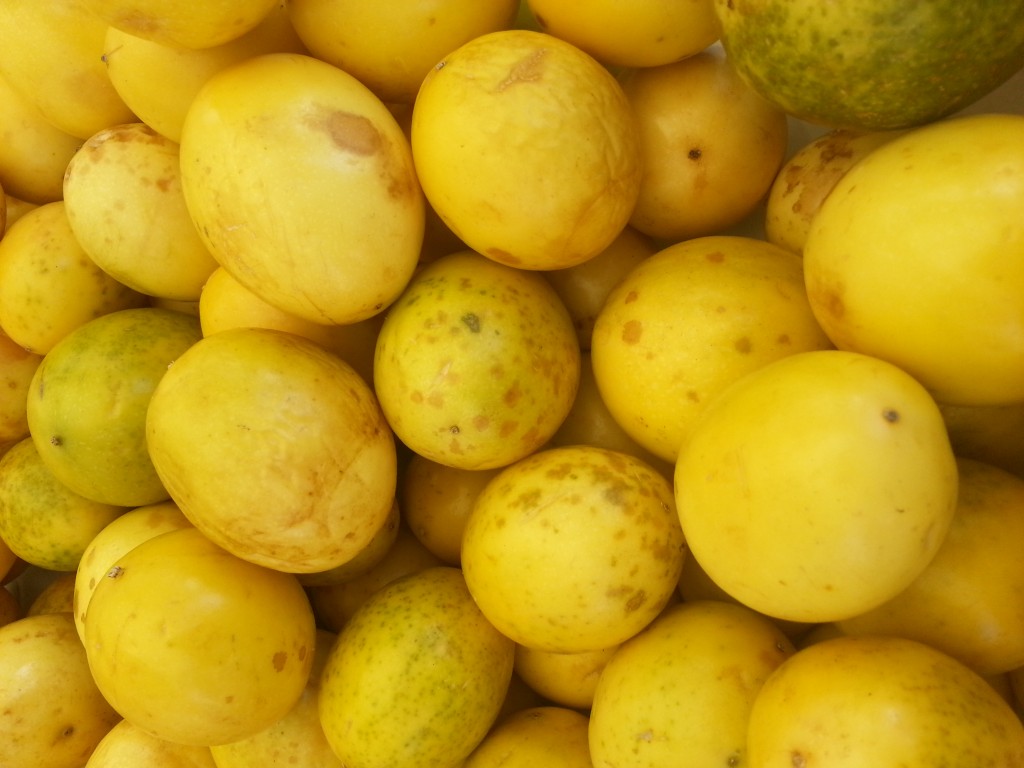Passionfruit (Lilikoi)

Passion fruit – Passiflora Edulis – is also known as “lilikoi”, maracuya, or purple granadilla. The plant grows in a vine and is native to Brazil, Paraguay, and Argentina. The flower of the passion fruit is the national flower of Paraguay.
Passion fruit is considered a “pepo”, a type of berry like coffee, goji berries, garcinia (mangosteen), sapodilla, pumpkin, cucumber and watermelon. The fruits are oblong or rounded and has lots of seeds inside. It comes in yellow or purple skin. The juice from the fruits can be made into a juice, jam, or to flavor cakes or cookies. In Hawaii, it is very popular and is well known as “lilikoi”.
I always try to keep this plant in my garden because I like to use it in making my own plantation tea which is a popular drink here in Hawaii. The good thing is you’ll never run out of seeds to plant. I also experimented in making lilikoi bars, lilikoi flavored shortbread cookies. The only thing is you have to be patient because you really need to squeeze the juice (which is not much from only one fruit). You need to have a lot of fruits to gather at least 1 cup of juice. So what I do is collect and freeze it until I have enough for my recipes.
The plant is easy to grow ( they can grow wild if you let them). It takes about a year for my plant to grow I observed and another 6 months for it to flower. It is now flowering and I see green fruits forming from the flowers. I love to see the flowers. I think of the flowers as art. The bees like them too. I can’t wait for the green fruits to turn yellow.
Passion fruit is also nutritious. It contains Vit. C, Riboflavin, Niacin, iron, Phosphorous and some dietary fibers.